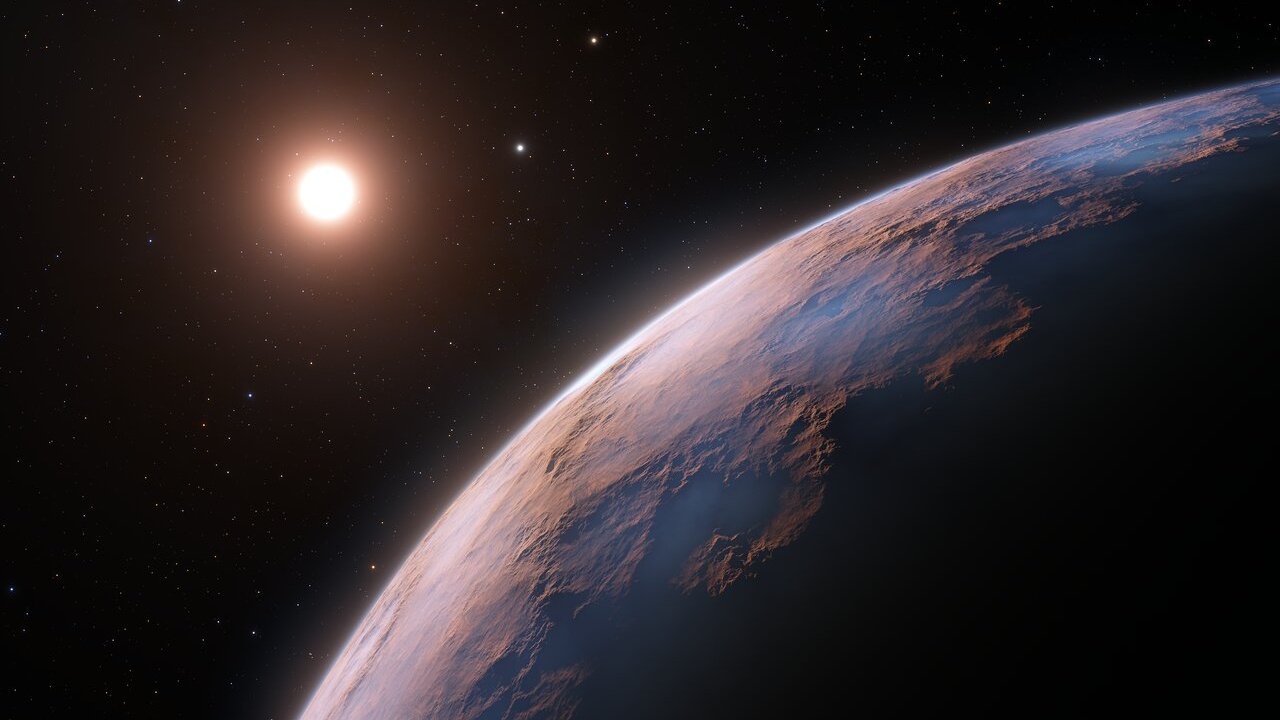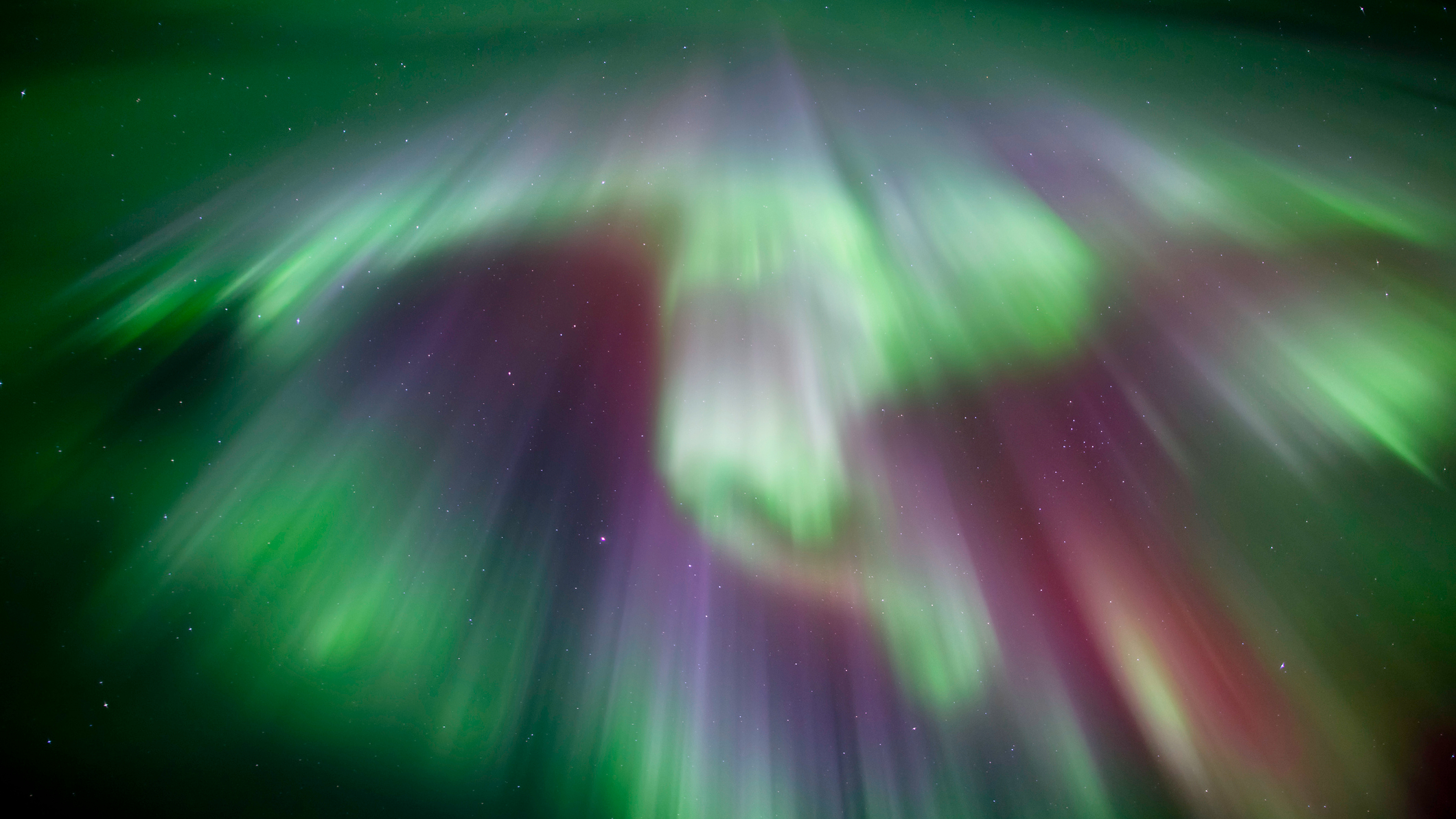Update for Dec. 11, 4:30 pm ET: NASA's Artemis 1 Orion spacecraft successfully splashed down today, Dec. 11, and appears in good shape as recovery teams work to retrieve the spacecraft. You can see NASA's recovery teams at work above without commentary. It is expected to take up to 6 hours to get Orion inside its recovery ship. Read our full splashdown story.
NASA's Artemis 1 Orion spacecraft will return to Earth on Sunday (Dec. 11) after nearly a month in space, and you can watch the homecoming live.
Artemis 1's uncrewed Orion capsule is scheduled to splash down in the Pacific Ocean off the coast of Baja California Sunday around 12:40 p.m. EST (1740 GMT).
You can watch live coverage of Orion's reentry here at Space.com courtesy of NASA, or directly via the space agency. Coverage will start at 11 a.m. EST (1600 GMT).
In photos: Artemis 1 launch: Amazing views of NASA's moon rocket debut
More: NASA's Artemis 1 moon mission: Live updates
Orion launched atop a Space Launch System (SLS) rocket on Nov. 16, kicking off the highly anticipated Artemis 1 mission.
The capsule slipped into lunar orbit on Nov. 25, then left on Dec. 1. Four days later, Orion fired its main engine in a 3.5-minute burn — its longest of the mission — during a close lunar flyby to head back to its home planet.
Get the Space.com Newsletter
Breaking space news, the latest updates on rocket launches, skywatching events and more!
The 25.5-day-long Artemis 1 mission will end on Sunday, 50 years to the day that Apollo 17 astronauts Gene Cernan and Harrison Schmitt touched down on the lunar surface. The duo departed on Dec. 14, 1972, and no humans have been back to the moon since.
If all goes according to plan, Orion will hit Earth's atmosphere over the Pacific Ocean at about 12:20 p.m. EST (1720 GMT) on Sunday while traveling 25,000 mph (40,000 kph). This tremendous speed will generate a lot of friction; Orion's heat shield will have to handle temperatures up to 5,000 degrees Fahrenheit (2,800 degrees Celsius) — about half as hot as the surface of the sun.

The capsule will bounce off the upper atmosphere briefly and then come back down, like a rock skipping across the surface of a pond. After this skip, Orion will descend through the atmosphere under parachutes, splashing down off the coast of Baja California at about 12:40 p.m. EST (1740 GMT). A U.S. Navy ship, the USS Portland, will be waiting in the vicinity to retrieve the spacecraft and haul it to port in San Diego.
Reentry will begin over the open Pacific, far off the coast of South America, and Orion will head north from there. The remoteness of the capsule's path, combined with the timing — that is, during daylight hours — make this reentry a very hard target for observers on the ground, even those close to the splashdown site.
"Is anybody going to be able to see that off Baja?" Artemis 1 Flight Director Judd Frieling said during a press conference on Thursday (Dec. 8). "There's always a chance, but we're pretty far off the coast there, so I doubt it — unless you're out there in a boat, 100 miles offshore or so."
Nearby observers may get aural evidence that reentry has begun, however.
"You're more likely to hear the sonic boom as the vehicle approaches than anything," Artemis 1 Mission Manager Mike Sarafin said during Thursday's briefing.

Artemis 1 is a shakeout cruise for the SLS, Orion and their associated ground systems. If everything goes well on Sunday, NASA can begin gearing up for Artemis 2, which will send astronauts around the moon in 2024.
Artemis 3 is scheduled to put boots down near the lunar south pole in 2025 or 2026. Future missions in NASA's Artemis program will build a research base in that region, which is thought to be rich in water ice.
The agency wants to have to this outpost up and running by the end of the 2020s. NASA plans to use the knowledge gained from these moon efforts to help get astronauts to Mars by the late 2030s or early 2040s.
Mike Wall is the author of "Out There" (Grand Central Publishing, 2018; illustrated by Karl Tate), a book about the search for alien life. Follow him on Twitter @michaeldwall. Follow us on Twitter @Spacedotcom or Facebook.
Join our Space Forums to keep talking space on the latest missions, night sky and more! And if you have a news tip, correction or comment, let us know at: community@space.com.

Michael Wall is a Senior Space Writer with Space.com and joined the team in 2010. He primarily covers exoplanets, spaceflight and military space, but has been known to dabble in the space art beat. His book about the search for alien life, "Out There," was published on Nov. 13, 2018. Before becoming a science writer, Michael worked as a herpetologist and wildlife biologist. He has a Ph.D. in evolutionary biology from the University of Sydney, Australia, a bachelor's degree from the University of Arizona, and a graduate certificate in science writing from the University of California, Santa Cruz. To find out what his latest project is, you can follow Michael on Twitter.
-
pjvargo43 It's still hard to get a grasp of the sheer size of space, knowing that everyday, there will be a single gamma ray burst event. With the naked eye, the event takes place so far away, that we don't see it in our very own sky. It truly boggles the mind, but fascinating at the same time.Reply









